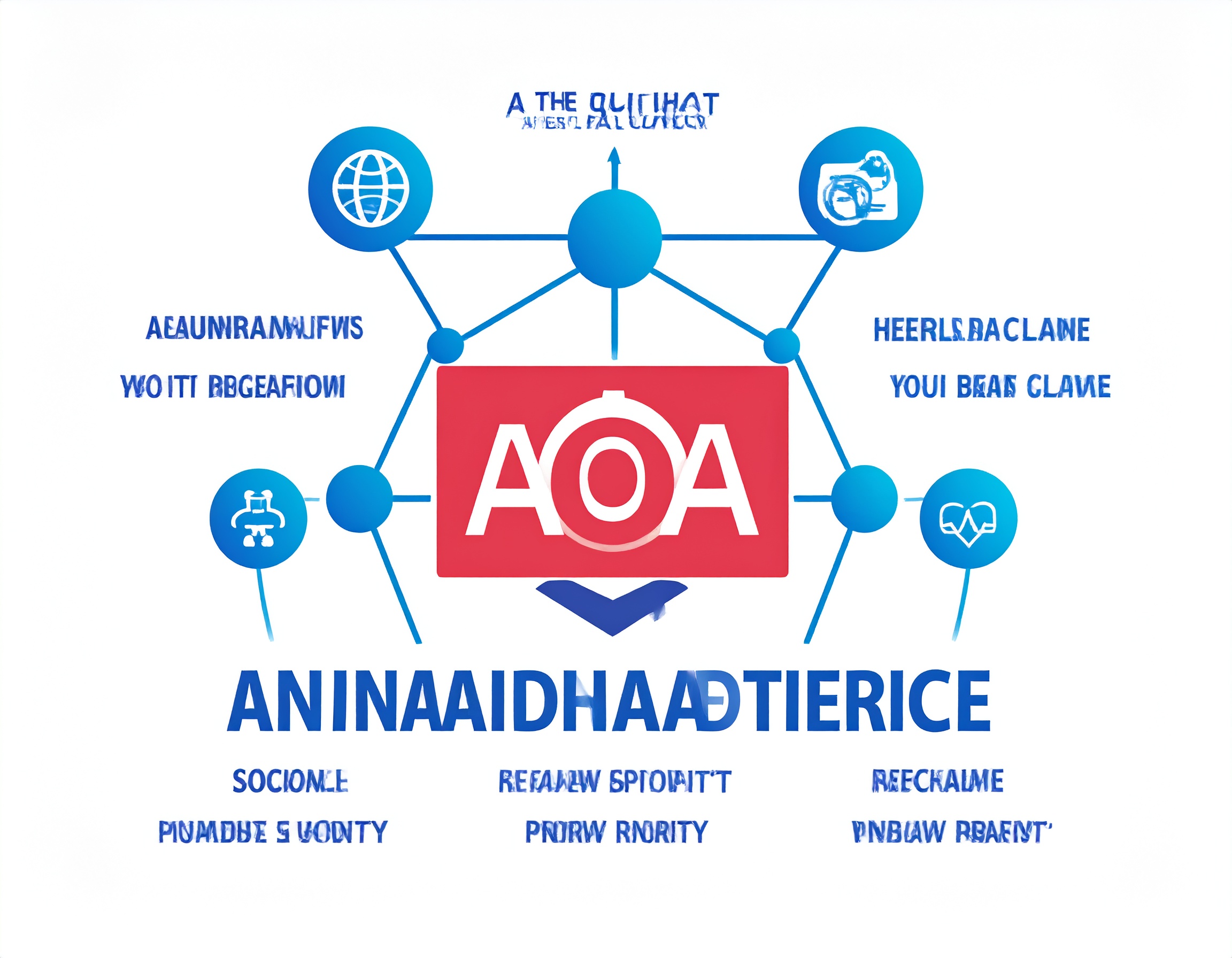AOA Amendment vs Alternatives: What’s Best for Your Business?
Understanding how your company can adapt its governance structure is key in today’s fast-changing environment. Regulatory pressures grow, and business demands shift quickly. Knowing whether to amend your Articles of Association (AOA) or explore other options can save you time and money, while ensuring compliance. The right choice helps your company stay flexible, organized, and compliant with legal rules.
What is an AOA Amendment? Understanding the Basics
Definition and Purpose of the AOA
The Articles of Association are like a rulebook for your company. They explain how your business is run, who makes decisions, and how shareholders are involved. When your business changes—like expanding or restructuring—you might need to update this rulebook. That’s where an AOA amendment comes in.
Common Reasons for AOA Amendments
Companies often update their AOA because of these reasons:
- Expanding into new markets or adding activities
- Changing ownership structure or share classes
- Complying with new laws or regulations
- Adjusting voting rights or management roles
Legal Framework and Process
Making changes to the AOA usually involves following specific legal steps. These vary depending on where your company is registered. Typically, it includes holding a shareholder meeting, passing a resolution, and filing paperwork with the regulator. It can take a few weeks and might cost some money, especially if legal help is needed.
Alternatives to AOA Amendments
Restating the AOA
Instead of making a formal amendment, you can restate the entire document. Restating replaces your current AOA with a new version. It’s easier when you want a fresh start or major updates. Restating is often quicker and less complicated than amending specific clauses.
Using Resolutions and Agreements
Business owners and shareholders can use resolutions to approve certain decisions without changing the entire AOA. Resolutions are like official approvals for specific acts, such as voting rights or management changes. You can also create additional agreements to handle specific issues without touching the main rules.
Implementing By-Laws or Internal Policies
Many companies set rules inside their organization via internal policies or by-laws. These are easier to change than formal AOA amendments and can give you quick flexibility. However, they may not have the same legal strength as AOA amendments. Internal rules are good for operational tweaks but less suitable for major governance shifts.
Company Restructuring or Reorganization
Sometimes, the best move is to restructure your business—mergers, acquisitions, or internal reorganizations. These strategies allow you to change your company’s legal structure completely. Compared to AOA amendments, restructuring can handle more complex changes but often involves longer planning and legal work.
Pros and Cons of AOA Amendments
Advantages
- They provide a clear, legal record of changes
- They update your governance rules officially
- They can better support large or ongoing changes
Disadvantages
- The process may be slow and costly
- It’s less flexible for quick updates
- Future amendments might require even more formal steps
Real-world Examples
A tech startup expanded into new regions, adjusting its management structure via an AOA amendment. This clear legal change helped secure investor trust and complied with local laws easily.
Advantages and Limitations of Alternatives
Restating the AOA
Restating simplifies big changes and avoids multiple amendments. It’s perfect for a clean slate. But, it may reset some previous preferences or rules.
Resolutions and Policies
Using resolutions offers agility in day-to-day operations. When you only need minor updates, resolutions work well. Still, they don’t provide the same legal protection as a formal AOA change.
Restructuring Strategies
Restructuring handles complex shifts, like merging companies or splitting assets. It’s comprehensive but requires careful legal and financial work. These options are suitable for businesses with big growth plans or significant changes.
Factors to Consider When Choosing Between AOA Amendment and Alternatives
Business Size and Complexity
Startups might prefer resolutions or internal policies for quick changes. Large companies benefit from formal amendments that can hold up in court.
Nature of Changes Needed
Routine updates, such as changing management, are often best handled with resolutions. Strategic shifts, like expanding or restructuring, may need amendments or restating.
Regulatory Environment
Different jurisdictions have various rules about how you can change governance documents. Know your local laws before choosing.
Cost and Time Implications
Amendments can cost more and take longer. Resolutions or policies are usually faster and cheaper but may have less legal weight.
Long-term Governance Goals
If stability matters most, formal amendments provide clarity. For more flexible, evolving governance, alternative options could be more suitable.
Expert Insights and Best Practices
Legal experts advise reviewing your company’s long-term goals before making governance changes. For quick operational needs, resolutions and policies are effective. But for significant structural changes, formal amendments or restating is best. Align your approach with your future plans to stay compliant and agile.
Actionable Tips for Business Owners
- Always do a legal review before starting any governance changes.
- Talk with key shareholders early to gather support.
- Keep detailed records of all resolutions and amendments.
- For complex restructuring, consult experienced legal professionals.
- Regularly review your governance documents to keep up with regulations and business needs.
Conclusion
Choosing between an AOA amendment and alternative routes depends on your company’s size, goals, and the type of change needed. Amendments give legal clarity but can slow things down and cost more. Alternatives like resolutions, restating, or restructuring offer easier, faster options for smaller or less critical updates. The key is to balance legal safety with flexibility. Always prioritize compliance, clear documentation, and your long-term governance stability. This way, your business remains adaptable and secure in an ever-changing market landscape.
